
General machining companies are dedicated to manufacturing parts by removing material through chip removal or abrasion. These companies work for a wide variety of sectors, such as the capital goods and tools sector, energy sector, automotive sector, and aerospace sector. The incorporation of lathes in machining processes is important because it reduces cycle times and boosts productivity.
General machining companies face several challenges today. Some of these challenges include the need to adapt to hyperconnectivity, redefine their workspaces, and strive to be more sustainable. The investment they make in acquiring machinery is significant and crucial. Having top-level lathes is not just a necessity but an obligation if they want to achieve high-quality finishes and precision.

When it comes to machining, there is a wide variety of parts and components manufactured using CNC lathes. Here are some of the most common parts produced by machining companies and sold to other industries and sectors:
Shafts and spindles: Shafts and spindles are fundamental elements in many equipment and machinery. These parts are used in various applications, such as transmissions, steering systems, and motors. Their precise and high-quality manufacturing is crucial to ensure the proper functioning of the equipment in which they are used.
Thread machining: Thread machining is an essential process in the manufacturing of screws, nuts, and other fastening elements. This process allows for the creation of precise and high-strength threads, ensuring the integrity and durability of connections in different systems and structures. Screws and nuts are common fastening elements in numerous industrial applications. These parts are manufactured with high precision to ensure a secure and reliable connection. Screw and nut machining involves the creation of threads, as well as the production of specific heads and shapes according to customer needs.




Machining using CNC lathes offers several significant advantages compared to other manufacturing methods, including:
The industrial manufacturing sector is composed of numerous general machining companies that supply other sectors by producing large-volume batches of parts. Typically, profit margins are tight, and the production pace is high. In such a competitive and demanding environment, a machine downtime can be disastrous. Additionally, precision requirements are mandatory. Although the range of parts is diverse, the following are the most commonly demanded types of parts by end customers in these types of workshops.

Shafts and spindles are cylindrical elements used to transmit motion or support loads in various equipment and machinery. Their precise and high-quality manufacturing is essential to ensure the proper functioning of the systems in which they are used.
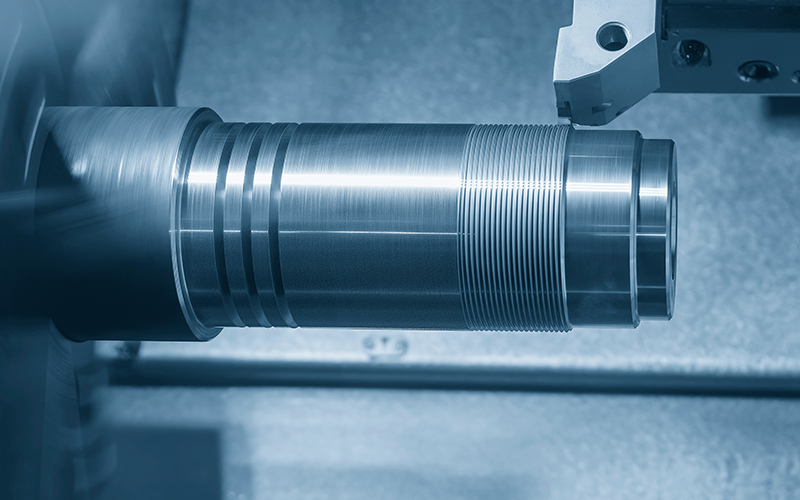
Threads are used to create a helical surface on a material, allowing for connection with other elements using screws, nuts, and threaded connections.
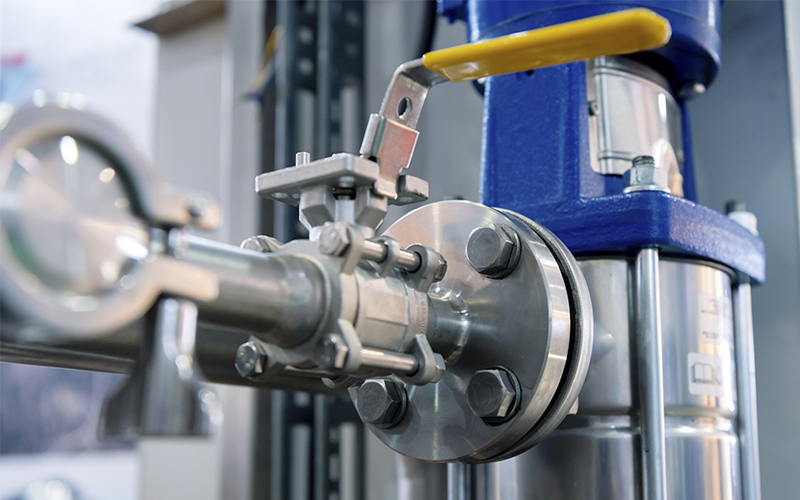
Screws and nuts are fastening elements used in machining companies to provide adjustable and secure connections. The following are the most common and in-demand ones:
In all these parts, lathes can be used to machine the bodies of the screws and their external threads. These are parts that require a high degree of precision in their manufacturing process.
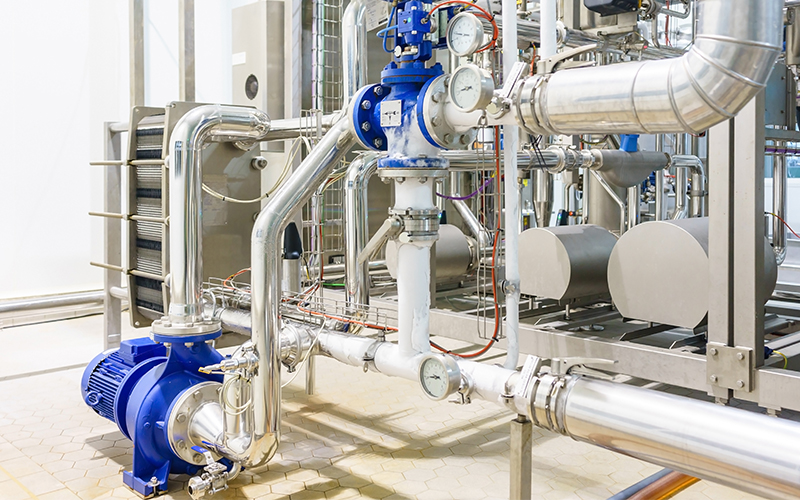
Pump components are crucial to ensure a constant and efficient flow of liquids or gases. This is vital in applications such as water supply, machinery cooling, and fluid circulation in hydraulic systems. The following are the most demanded pump components:
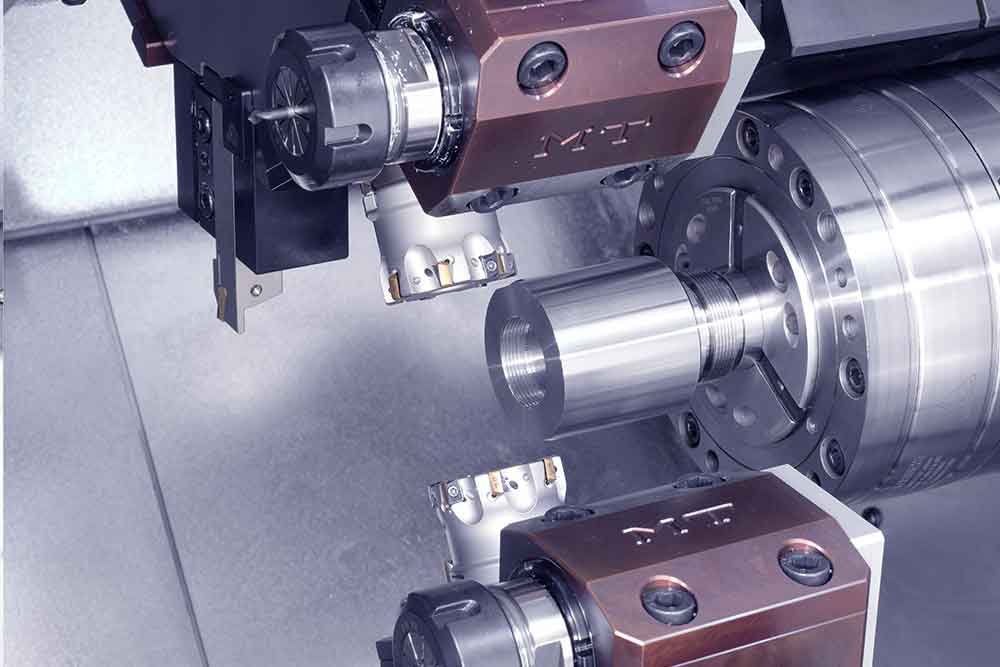
Cutting tools are used to shape, cut, and remove material from workpieces during the manufacturing processes. They are designed to work with various materials such as metals, plastics, or wood, and allow obtaining pieces with the desired shape and precision. The most demanded tools are:
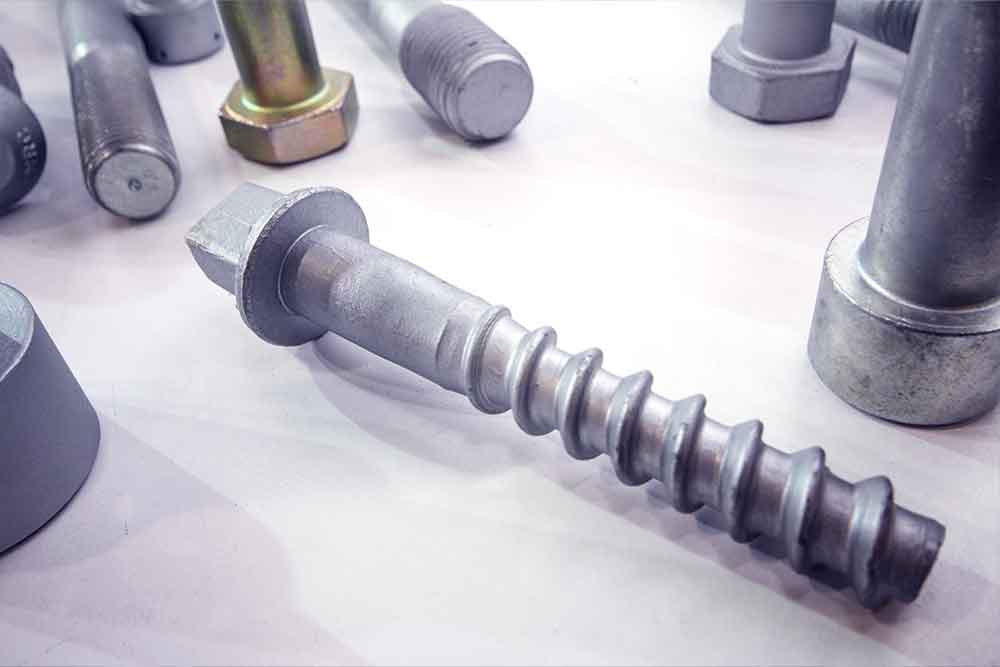
Clamping components play a fundamental role in machining companies and are used to secure and hold workpieces securely during cutting, drilling, or milling operations. Their goal is to maintain the stability and precision required to perform cutting, drilling, or milling operations.
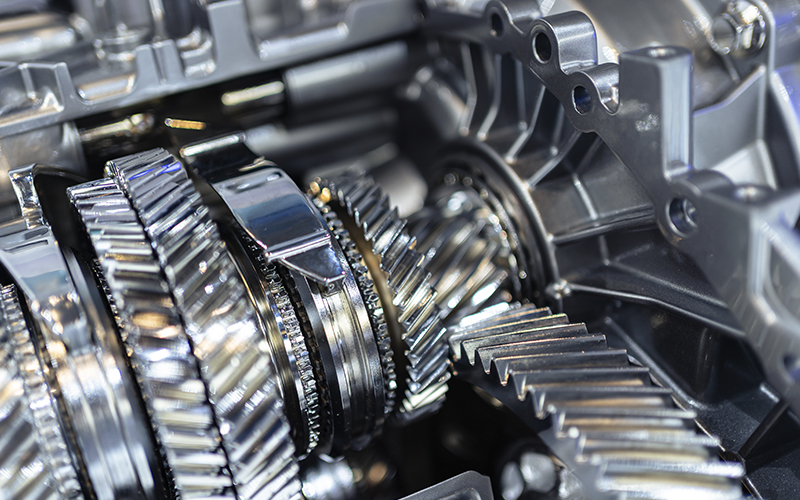
Transmission parts are responsible for transmitting power and movement in machinery and systems, allowing the transfer of energy from a source, such as a motor, to different elements or components, such as shafts, gears, or pulleys.
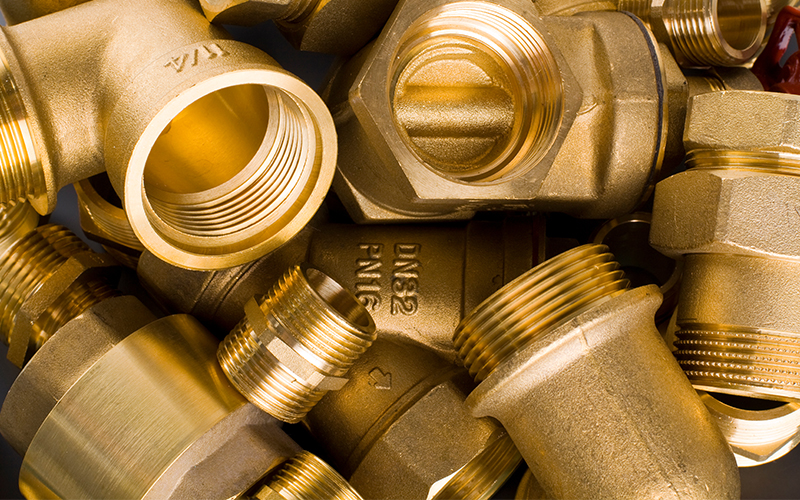
Hydraulic and pneumatic systems use fluids, either liquids (in hydraulic systems) or gases (in pneumatic systems), to transmit force and energy, allowing the movement and control of different elements in machining processes. The most common components are:
The precision and quality offered by lathes for machining companies and workshops are a safe bet. Acquiring CNC lathes for aerospace machining can provide numerous reasons to justify this strategic investment in the industry. Most of these industries work for third parties that demand high production volumes, with a high degree of precision and tight margins. Equipping the workshop with top-of-the-line machinery represents a significant investment but quickly pays off. The average lifespan of a CMZ lathe exceeds 20 years and can be the perfect ally to optimise production and elevate the quality to a higher level.